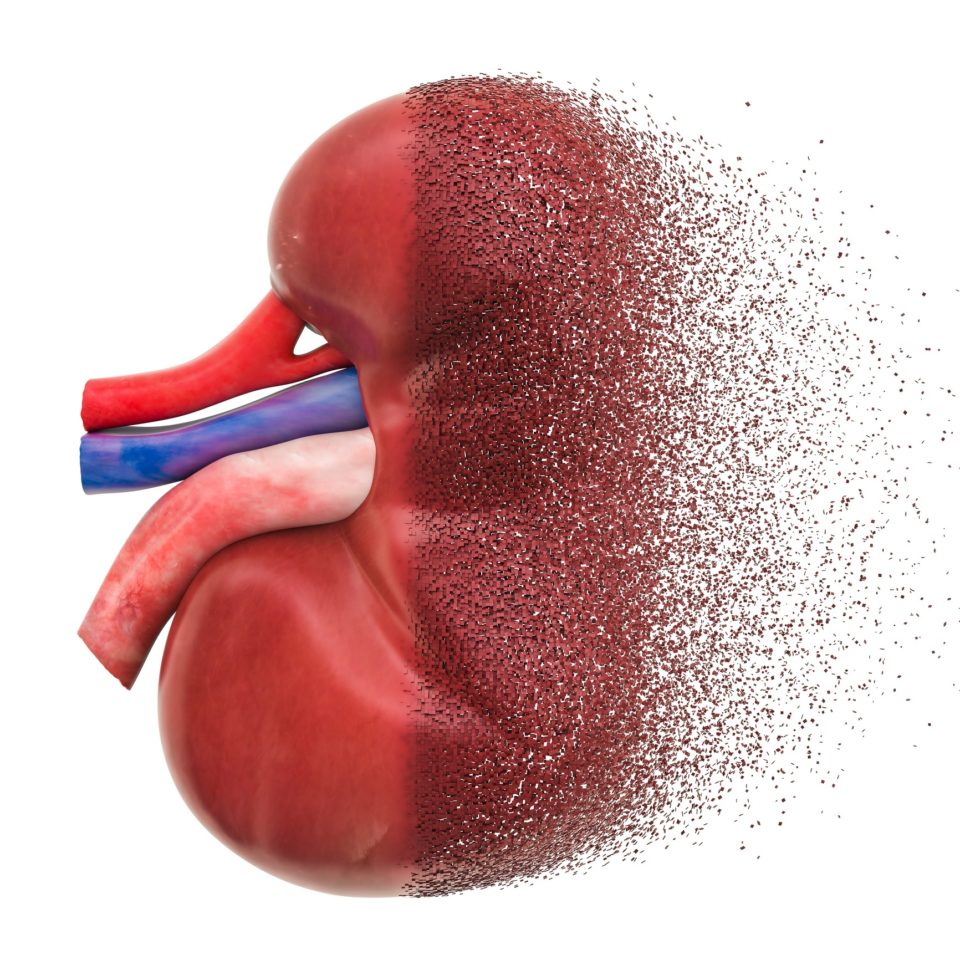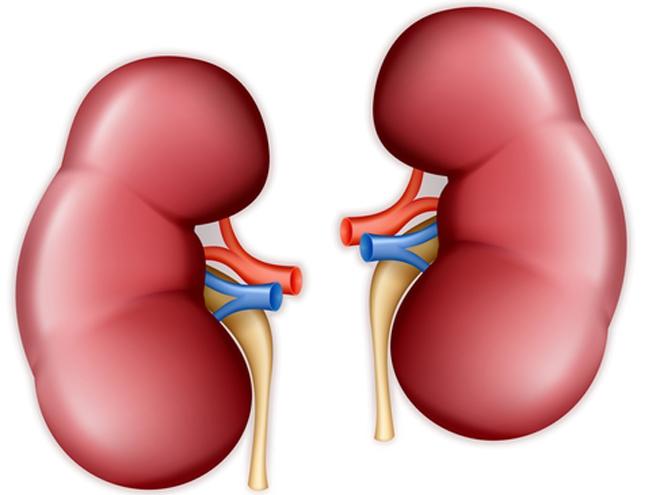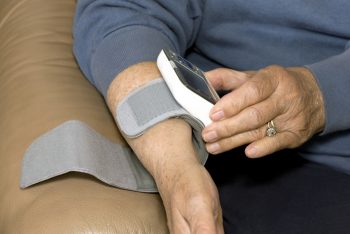
FIDELITY, a prespecified pooled analysis of results from the phase 3 FIDELIO-DKD and FIGARO-DKD trials, demonstrated that finerenone reduced the risk of renal and cardiovascular outcomes compared with placebo in patients with chronic kidney disease (CKD) and type 2 diabetes.
During a poster presentation at the NKF SCM22, John M. Flack, MD, MPH, and colleagues presented results of a post hoc analysis examining whether the benefits of finerenone are consistent in Black versus non-Black patients. The poster was titled Finerenone and Chronic Kidney Disease in Black Patients with Type 2 Diabetes: A FIDELITY Analysis.
FIDELITY included patients with type 2 diabetes and CKD (defined as estimated glomerular filtration rate [eGFR] ≥25 to ≤90 mL/min/1.73 m2 and urine albumin-to-creatinine ratio [UACR] ≥30 to <300 mg/g or eGFR ≥25 mL/min/1.73 m2 and UACR ≥300 to ≤500 mg/g), who were treated with optimized renin-angiotensin system blockade agents. Eligible patients were randomized to either finerenone or placebo.
Efficacy outcomes of interest were a cardiovascular composite outcome (cardiovascular death, nonfatal myocardial infarction, nonfatal stroke, or hospitalization for heart failure) and a kidney composite outcome (kidney failure, sustained decline in eGFR ≥57%, or renal death).
Of the 13,026 patients in the FIDELITY cohort, 4.0% (n=522) self-identified as Black and 72.2% were from North America. In the Black patients, the incidence rate of the cardiovascular composite outcomes with finerenone was 5.68 per 100 patient-years versus 7.4 per 100 patient years with placebo, and the incidence rate of the kidney composite outcome was 5.55 per 100 person-years in the finerenone group versus 5.86 per 100 person-years in the placebo group.
There were no apparent treatment differences observed between Black and non-Black patients in either the cardiovascular composite outcome (hazard ratio [HR], 0.79; 95% confidence interval [CI], 0.51-1.24 and HR, 0.87; 95% CI, 0.79-0.96, respectively; P for interaction = .48) or in the kidney composite outcome (HR, 0.71; 95% CI, 0.43-1.16 and HR, 0.76; 95% CI, 0.66-0.88, respectively; P for interaction = .90).
UACR was reduced in the finerenone group by 40% at month 4 (least-squares treatment ratio of 0.60; 95% CI, 0.52-0.69) compared with placebo. The safety profile of finerenone was similar in the Black and non-Black patients.
“The efficacy and safety of finerenone were similar in Black and non-Black patients with CKD and type 2 diabetes,” the researchers concluded.
Source: Flack JM, Agarwal R, Anker SD, et al. Finerenone and chronic kidney disease outcomes in Black patients with type 2 diabetes: A FIDELITY analysis. Abstract of a poster presented at the National Kidney Foundation Spring Clinical Meetings 2022 (Abstract 281), Boston, Massachusetts, April 6-10, 2022.







 © 2025 Mashup Media, LLC, a Formedics Property. All Rights Reserved.
© 2025 Mashup Media, LLC, a Formedics Property. All Rights Reserved.